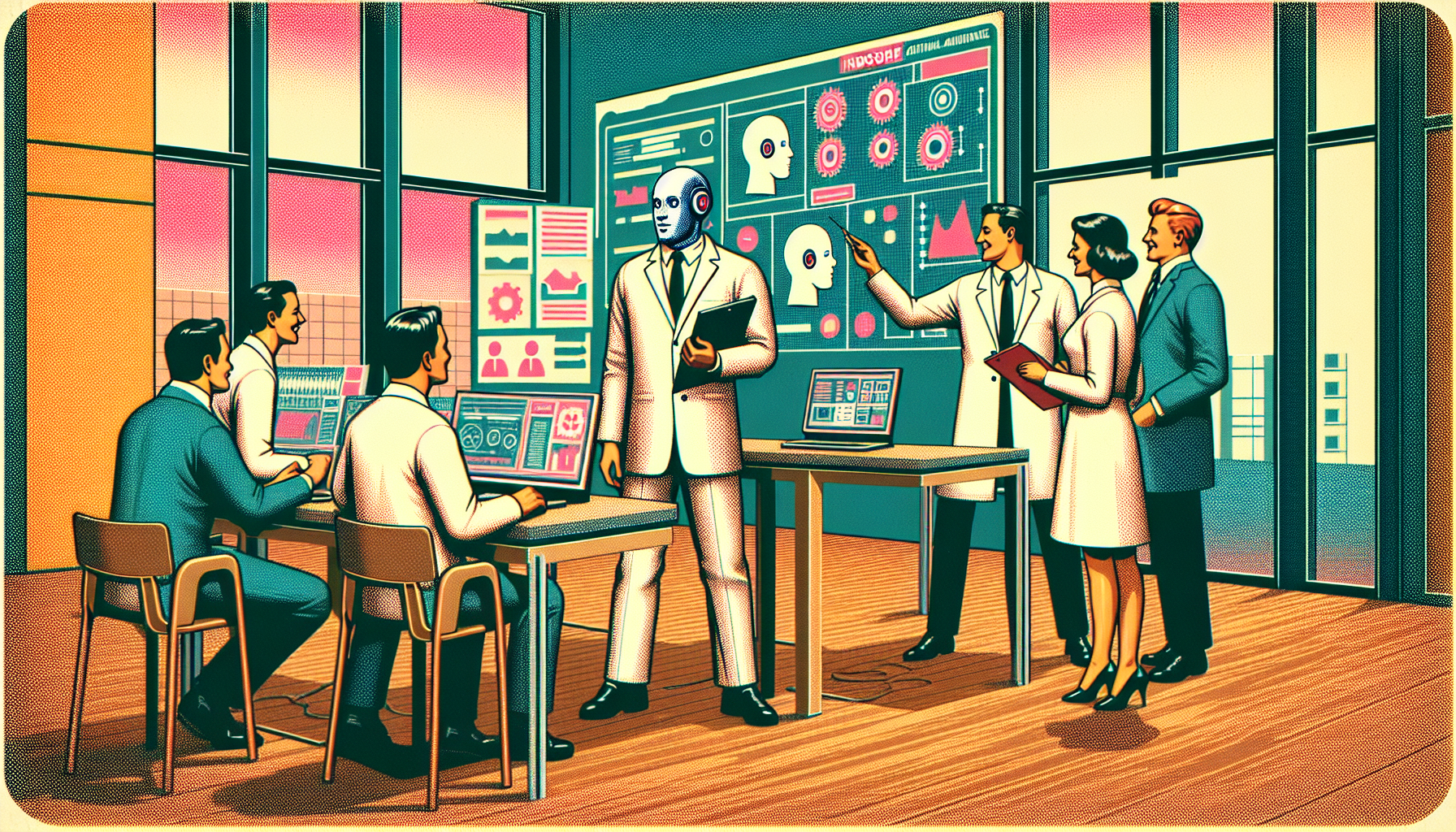In a groundbreaking discovery, researchers from MIT and other prestigious institutions have developed an innovative training method that could significantly enhance the ability of AI systems to perform under uncertain and dynamic conditions. Known as the “indoor training effect,” this new approach reveals that training AI agents in simpler, noise-free simulations can actually lead to superior performance in unpredictable real-world scenarios.
### Rethinking Established Beliefs
Traditionally, AI engineers have strived to make training environments mirror real-world conditions as closely as possible. This practice has been rooted in the belief that similarity between these environments helps AI agents to better transition from training to real-world deployment. However, the indoor training effect challenges this belief, showing that training in a different, more controlled setting can sometimes produce better results. This insight suggests a paradigm shift in AI training strategies.
### Unveiling the Indoor Training Effect
The validation of this effect came through experiments involving AI agents playing modified versions of classic Atari games. These games were tailored to include various degrees of randomness, such as erratic movements of game pieces. Remarkably, AI agents that were trained in predictable, noise-free versions of these games consistently outperformed those that trained amidst chaos when faced with the chaotic scenarios in testing. This pattern of improved performance was noted across different types of games and their subsequent variations.
### Drawing Parallels for Clarity
This concept can be likened to sports training. As Serena Bono from MIT’s Media Lab eloquently puts it, “Imagine mastering tennis indoors, undisturbed by wind or noise. Once we are proficient in such an environment, facing challenges on a breezy outdoor court becomes easier than if we had learned in that unpredictable setting from the start.” The crux of the insight is found in how AI agents learn and adapt: noise-free settings allow them to grasp fundamental rules without external disruptions, thereby better equipping them to handle real-world unpredictability.
### Far-reaching Implications
The implications of the indoor training effect are profound, particularly in fields like robotics, autonomous driving, and healthcare, where AI agents must make critical decisions amid complexity and uncertainty. By crafting low-noise simulated environments, researchers can potentially enhance the adroitness of AI systems across diverse applications. This discovery could revolutionize how we develop AI agents, focusing on training environments that harness this newfound effect.
The research team is poised to delve deeper, investigating the indoor training effect in more intricate reinforcement learning scenarios. They are also exploring its potential applications in areas like computer vision and natural language processing. By building on this foundation, they hope to unlock new levels of capability and reliability in AI systems tasked with navigating complex environments.
### A Shift in AI Training
The indoor training effect proposes a new direction for AI training methodologies. By intentionally creating low-noise simulations rather than mirroring real-world chaos, we might see more resilient and efficient AI systems. Such a shift could prove crucial, especially in situations where adaptability and quick decision-making are paramount.
In essence, the indoor training effect presents a monumental discovery in the realm of AI learning, providing new avenues for developing more robust training protocols. Embracing this approach, researchers and engineers stand to significantly enhance the performance and versatility of AI agents tasked with thriving in uncertain and ever-evolving environments.

Leave a Reply